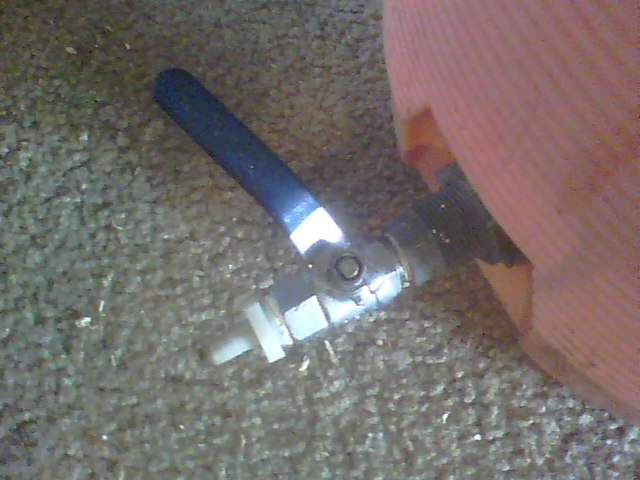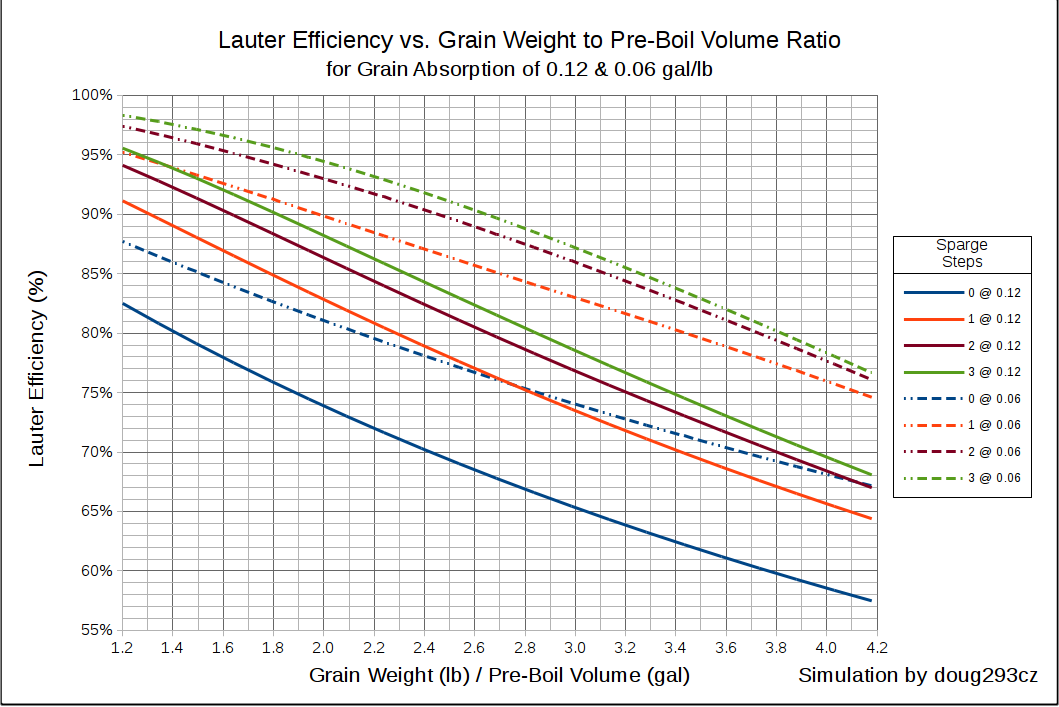Django-Parker
Member
- Joined
- Jul 4, 2017
- Messages
- 10
- Reaction score
- 2
My questions is mainly about the flow of fly sparging from the hot liquor tank to the mash tun, as well as the mash tun to the boiling pot. Many have said that it should be 45 minutes minimum (after vorlauf). Does that mean that it should be a very slow flow coming from both of those pots? I would assume the arm on the ball valve would need to be around 10% or less to prevent the 1" of water above the grain bed to stay for 45+ minutes.
Also, my friend and I have been using a silicone hose that flows the sparge water into the mash tun (1" above the grain bed), but it obviously hits one area. I've heard that one should have that flow be equally dispersed throughout the entire grain bed to extract more out of the grains. Is there some sort of contraption or a method that any of you long time brewers use to let the hot water gently flow over all of the grains? We're definitely coming a few percentages of ABV short the last 3-4 batches and are trying to get the right efficiency/yield from the grains.
Our system is this:
10 gallon Bayou mash tun with false bottom and ball valve
Two - 8 gallon kettles with ball valves
Silicon hoses
We use gravity (placing each kettle above the next) for the fly sparging.
I really appreciate any help or comments. We're trying to get a better efficiency. Thank you!
Also, my friend and I have been using a silicone hose that flows the sparge water into the mash tun (1" above the grain bed), but it obviously hits one area. I've heard that one should have that flow be equally dispersed throughout the entire grain bed to extract more out of the grains. Is there some sort of contraption or a method that any of you long time brewers use to let the hot water gently flow over all of the grains? We're definitely coming a few percentages of ABV short the last 3-4 batches and are trying to get the right efficiency/yield from the grains.
Our system is this:
10 gallon Bayou mash tun with false bottom and ball valve
Two - 8 gallon kettles with ball valves
Silicon hoses
We use gravity (placing each kettle above the next) for the fly sparging.
I really appreciate any help or comments. We're trying to get a better efficiency. Thank you!









































